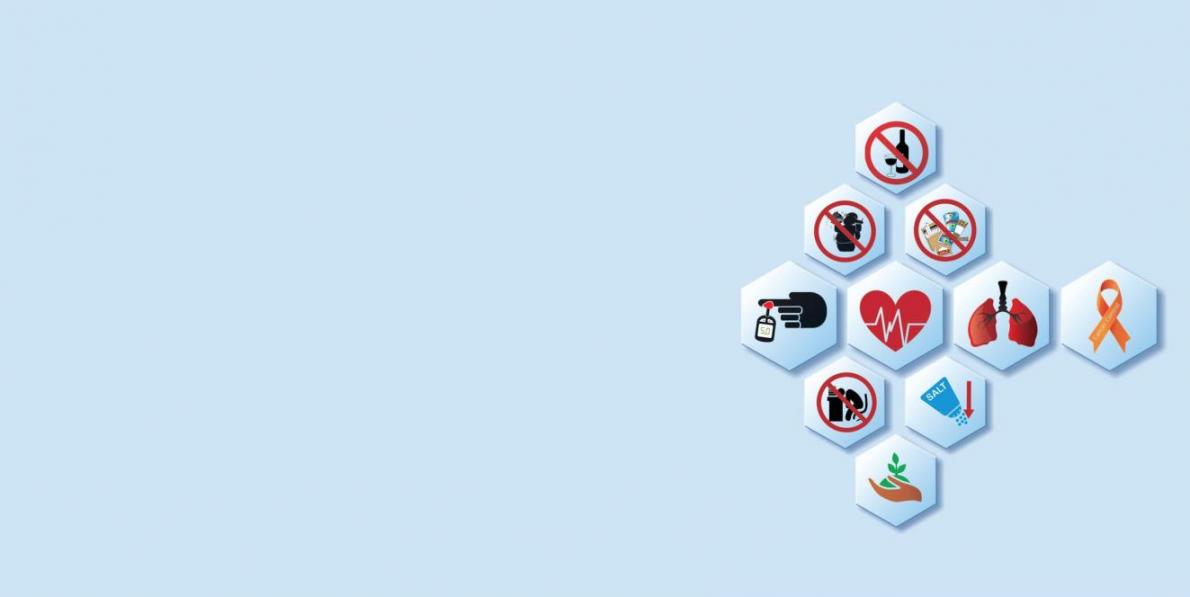The national plan on prevention and control of non-communicable diseases (NCDs) will take off from the second half of the current Iranian year that started in March, said Ali Akbar Sayyari, deputy health minister on the sidelines of the meeting of heads of medical universities held in Tehran Monday.
He urged the universities to contribute to proper implementation of the “90,90,90” plan which aims to screen 90% of Iranians for NCDs including cardiovascular diseases (heart attacks and stroke), cancers and chronic respiratory diseases (such as chronic obstructed pulmonary disease and asthma) and diabetes, Mehr News Agency reported.
The ministry will soon issue a call for people to visit health and medical centers across the country from the third week of September to be screened for NCDs. “Health records will be created for the 90% of Iranians screened besides issuing health cards,” he said.
Based on the plan (which is also part of 2014 Health Reform Plan) an individual’s health in relation to other people in the same age group will be assessed and health cards in three colors will be issued for each.
People with red cards (serious health risks) should visit the physician regularly and they will receive reminders. Those with yellow cards (average health) will receive health counseling and guidelines towards improving their health and those with green cards (healthy people) will be encouraged to continue with the same healthcare and lifestyle.
“The risk factors which are examined in the medical evaluation include diet quality, level of activity, smoking, use of tobacco and drugs, blood pressure, blood fat, blood sugar, and osteoporosis,” Sayyari said.
The evaluation services will be performed free-of-charge and many of the secondary services (treatment) will be covered by insurance.
Premature Deaths
In Iran, 70-75% of all premature deaths are due to NCDs and traffic accidents and 40% of deaths are a direct result of cardiovascular diseases.
Dr Fereydoun Nouhi, head of Shahid Rajaee Heart Center, recently said cardiovascular diseases “are the cause of 40% of all deaths in the country.”
At present, there is good access to appropriate medicines for treating heart diseases, but many of the medications are not fully covered by insurance and are expensive, he noted.
He also emphasized the need to increase the number of specialists in underprivileged regions of the country while pointing out that “un-blocking of heart vessels should be done within six hours after stroke.”
The National Document in Prevention and Control of NCDs was unveiled on July 22, 2015 in the presence of WHO Director-General Margaret Chan during her visit to Tehran.
It was introduced at the 62nd session of the WHO Regional Committee for the Eastern Mediterranean in Kuwait in October 2015.
The framework comprises nine global targets and 25 indicators adopted by WHO member states at the World Health Assembly in May 2013.
The national document targets reducing saturated fatty acids in food, traffic accidents, addiction, and mental health. It also includes reduction in premature mortality from NCDs by 25% before 2025.”
The Political Declaration on NCDs was adopted by the UN General Assembly in April 2011 when member states pledged to intensify efforts towards a world free of NCDs, which claim the lives of three in five people worldwide.


